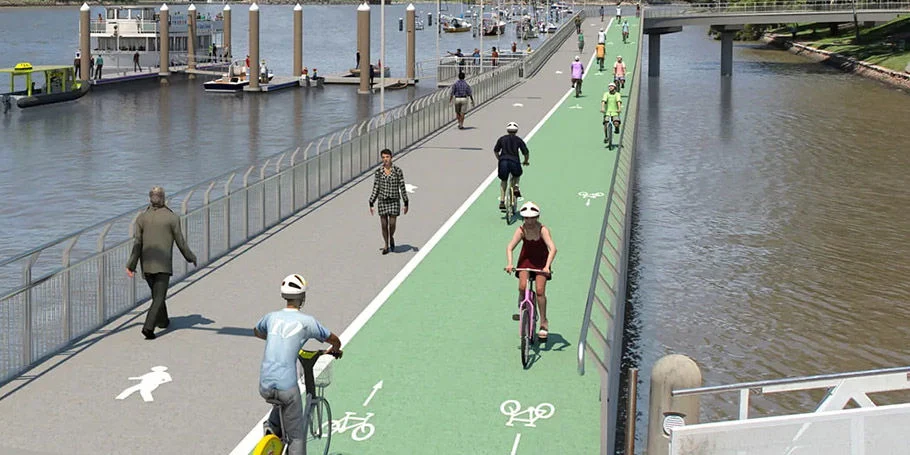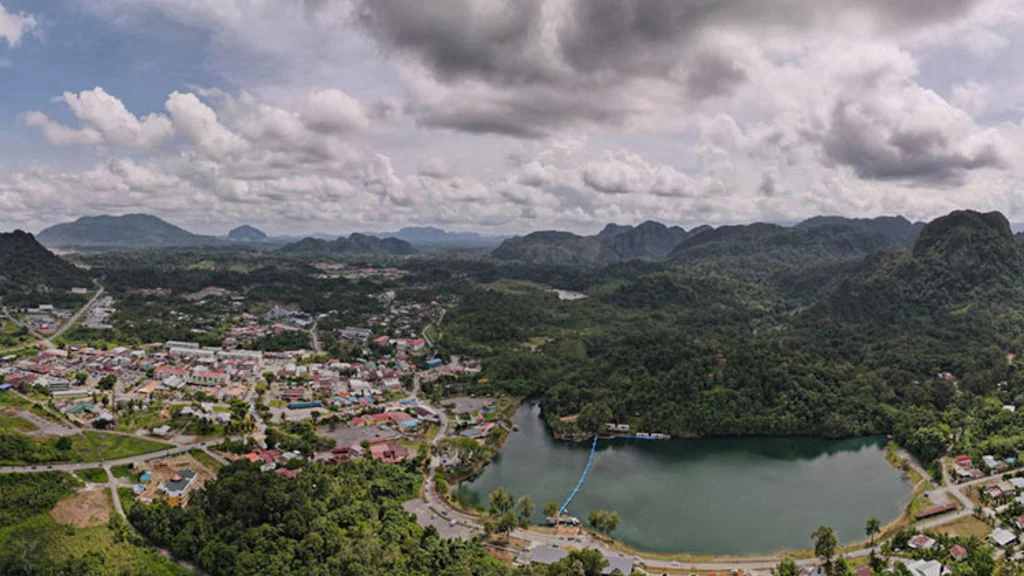The city of Pavia, south of Milan, knew that the 11-hectare disused industrial site in its midst could be turned into something transformational. The city brought in Arup to determine what that regeneration might look like.
Pavia wanted a more resilient urban environment that could boost economic growth while embracing sustainability, and this is what we looked to deliver in the masterplan we created for Supernova – the name given to the redevelopment of the Necchi area of Pavia.
Arup’s urban regeneration masterplan for developer PV01.RE celebrates the area’s industrial heritage and its agricultural surroundings. The design focused on a sustainable mixed-use development that favours active transport modes and green infrastructure. Mobility and connectivity were the design drivers for the Supernova masterplan, which won Italy’s 2022 Urban Planning Award.
Arup brought together an integrated team of architects, planners and sustainability consultants to create a pedestrian- and bike-friendly mixed-use urban regeneration proposal, featuring smart living accommodation and student housing as well as retail and office space and a new hotel facility. The strategic masterplan preserves the site’s historic industrial landmarks like the entrance building to the former Necchi Factory and the industrial chimney, while integrating environmentally-friendly infrastructure through a mix of green, open spaces.
Masterplanning and urban design
Mobility and integration are two key design drivers for the masterplan, which seeks to seamlessly stitch the area back into the city and bring it closer than ever to Milan. Pavia’s Supernova redevelopment will be serviced by a new Pavia Nord station on the SS13 line, connecting to Milano Rogoredo in 19 minutes







